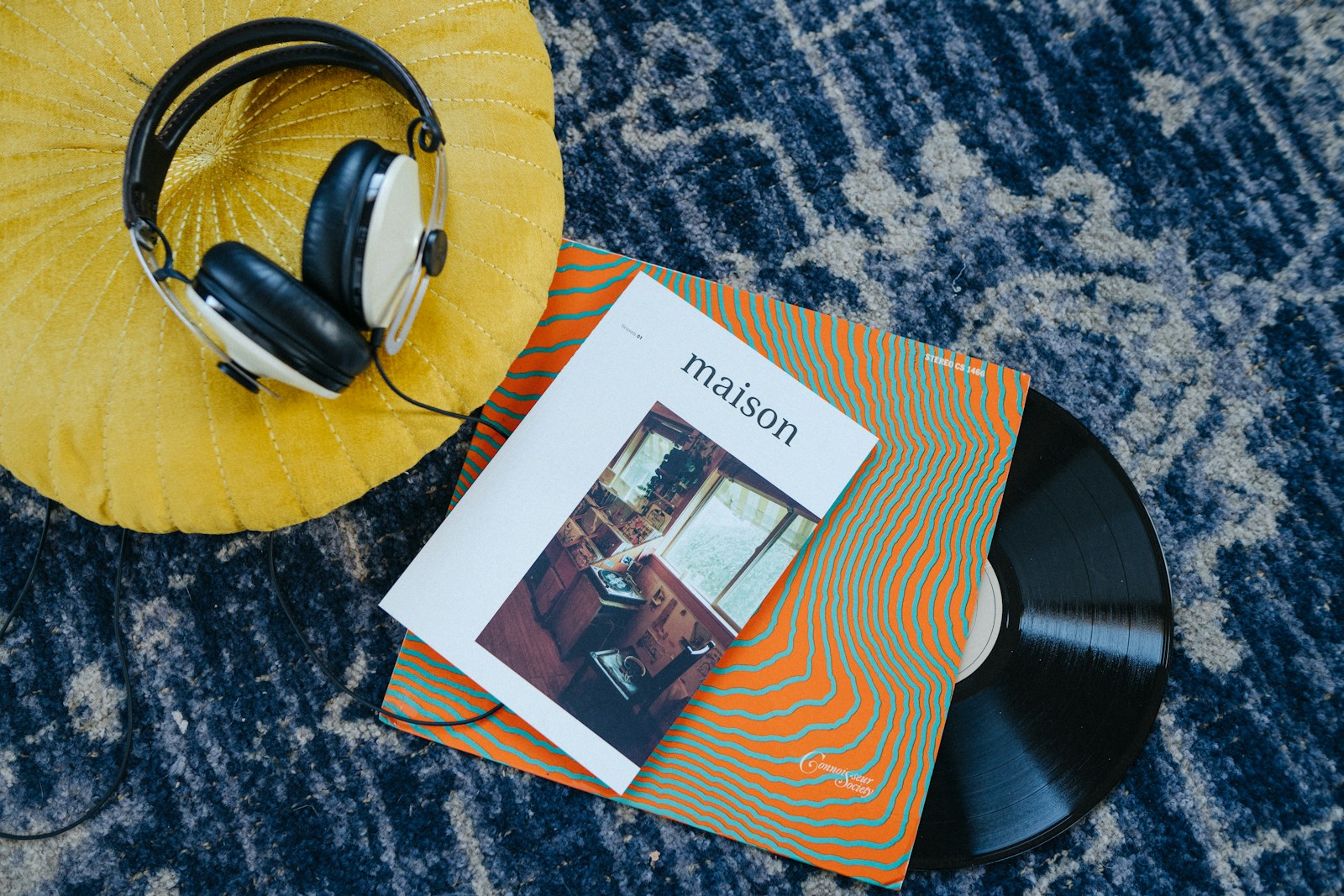A Reflection on Orhan Pamuk’s Perspective
In the quest for a Home Study Design that nurtures creativity and productivity, the insights of Nobel laureate Orhan Pamuk offer a profound blueprint. Pamuk, whose living and working spaces are intertwined, views his home as an extension of his study, embodying a philosophy where personal and creative realms seamlessly merge. This perspective not only fosters an environment conducive to literary creation but also echoes a broader trend in home office design that prioritizes comfort, personalization, and inspiration.
The Philosophy Behind a Personalized Home Study
Understanding Orhan Pamuk’s Workspace
In Pamuk’s words, the integration of a home with a study represents more than a physical space; it signifies a sanctuary of thought, where external views of reality through a window act as a canvas for romantic visions and literary exploration. This notion underscores the importance of designing a home study that not only meets functional needs but also resonates with the inhabitant’s intellectual and emotional wavelengths. Such spaces become a retreat, a source of inspiration drawn from the mundane to the magnificent, reflecting the essence of the surrounding environment and personal tastes.
The Elements of an Inspirational Home Study
Combining Functionality with Personal Aesthetics
An effective home study design incorporates elements that enhance focus, inspire creativity, and reflect the personality of its user. For writers and creatives like Pamuk, this might mean positioning a desk to overlook a bustling street or tranquil landscape, utilizing natural light to illuminate the workspace, and curating a personal library within arm’s reach. The choice of decor, from minimalist to eclectic, plays a pivotal role in stimulating the imagination, turning the study into a conduit for visionary thinking and productivity.
Embracing the Outside World from Within
Windows as Gateways to Inspiration
Pamuk’s preference for writing with a view of the street or landscape highlights the significance of windows as more than architectural features. They serve as gateways to the outside world, framing live canvases that constantly evolve and stir the imagination. This interaction with the external environment enriches the creative process, providing a backdrop for reflection and the generation of ideas. It embodies the romantic vision that Pamuk cherishes, allowing writers and creators to draw upon the vast tapestry of life as fodder for their work.
The Psychological Impact of a Well-Designed Study Space
Nurturing Creativity Through Environment
The design of a home study goes beyond aesthetics and functionality; it deeply influences the psychological well-being and creative output of its occupants. A space tailored to the individual’s preferences and work habits can significantly reduce stress, enhance concentration, and promote mental clarity. For a novelist like Orhan Pamuk, whose work demands long hours of solitude and intense focus, the psychological comfort provided by a personalized study is invaluable. It becomes a sanctuary where creativity is nurtured, ideas flourish, and the mind is free to wander across the landscapes of imagination and intellect.
Integrating Technology and Tradition in Modern Home Studies
Creating a Space for All Types of Creative Work
In today’s digital age, the incorporation of technology into home study design is indispensable for maximizing productivity and facilitating various forms of creative work. However, balancing modern technological needs with traditional elements that inspire creativity, such as books, artwork, or personal mementos, is crucial. This blend ensures that the space remains a source of inspiration while keeping up with the demands of modern work processes. By harmonizing the old with the new, individuals like Pamuk can engage in traditional writing practices while accessing the vast resources and tools that technology offers.
The Role of Personal Artifacts in the Home Study
Objects of Inspiration and Motivation
Personal artifacts and objects with sentimental value play a significant role in transforming a home study into a source of inspiration and motivation. For creatives, surrounding themselves with items that hold personal significance can spark creativity and evoke a sense of comfort and belonging. These objects might include awards, gifts from loved ones, art pieces, or even souvenirs from travels. In the context of Orhan Pamuk’s study, such artifacts are not merely decorative; they serve as muses, each telling a story that fuels the imagination and encourages persistence in the creative journey.
Adapting Home Studies for Diverse Creative Processes
Fostering Flexibility in Design
The ideal home study recognizes and accommodates the diversity of creative processes, offering flexibility in its design to cater to varying needs. Whether it involves quiet contemplation, active research, or dynamic brainstorming, the space should be adaptable, allowing for changes in layout, lighting, and functionality. This adaptability is crucial for creatives who, like Pamuk, engage in multifaceted work requiring different modes of thought and activity. By creating a space that can evolve with the user’s needs, a home study can support a wide range of creative endeavors, making it a true partner in the journey of discovery and creation.
#HomeStudyDesign, #OrhanPamuk, #CreativeSpaces, #InspirationalDesign









